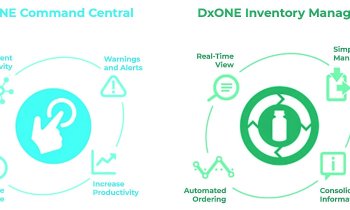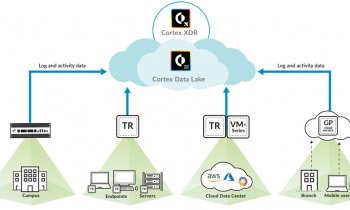News • Share information, improve care
FDA launches new tool for improved antibiotic management
New website streamlines how FDA updates information used to help health care providers choose an appropriate treatment for a patient’s infection
The U.S. Food and Drug Administration is announcing a new approach to get critical updates regarding antibiotics and antifungal drugs to health care professionals as part of an overall effort to combat antimicrobial resistance. The agency created a website that will provide direct and timely access to information about when bacterial or fungal infections are likely to respond to a specific drug. This approach is intended to aid health care professionals in making more informed prescribing decisions that will both benefit their patients and prevent the spread of resistant bacteria.
Antimicrobial resistance remains one of our most pressing public health challenges
Scott Gottlieb
“Antimicrobial resistance remains one of our most pressing public health challenges. While we’re continuing our policy efforts to encourage the development of new drugs and limit the use of antibiotics in livestock, we also need to take new steps to encourage more appropriate use of these treatments in patient care,” said FDA Commissioner Scott Gottlieb, M.D. “When you’re treating critically ill patients, you want as much information as possible about the pathogen your patient is fighting and the susceptibility of that pathogen to various treatments. Prescribing a drug that’s only going to be met with resistance from the bacteria or fungus it’s intended to treat doesn’t help that patient, and it has broader public health consequences that cannot be ignored. Under the old approach, it took too long to update each individual drug’s labeling with information needed for susceptibility testing and it was clear a more centralized approach was needed. Our new tool is aimed at making this process more efficient and informed.”
Physicians can use antimicrobial susceptibility test (AST) results to help choose an appropriate antibacterial or antifungal drug to treat a patient’s infection. These tests rely on criteria — called susceptibility test interpretive criteria or “breakpoints” — that help determine whether a specific bacteria or fungi are susceptible to antibacterial or antifungal drugs. Bacteria and fungi change over time, which may result in decreased susceptibility to some drugs. When this occurs, breakpoints may need to be updated.
Under the old approach, each drug manufacturer updated its drug labeling with new breakpoint information, which had to be reviewed and approved by the FDA on a case-by-case basis. Only after the revised drug labeling was approved could a device manufacturer of a corresponding AST update its testing criteria and labeling for its AST. This process created unnecessary delay in reaching healthcare professionals with the information. Each individual drug and device labeling had to be updated whenever breakpoints changed.
The new approach, which was included by Congress as part of the 21st Century Cures Act, allows the FDA to simultaneously update the breakpoints for multiple drugs that have the same active ingredient and share that information transparently via a dedicated FDA web page that will list FDA-recognized breakpoints. The FDA will leverage the work done by standards-development organizations that develop breakpoints, and recognize them when the FDA agrees that they are appropriate. The FDA retains full authority to accept a standard in whole or in part, or to establish alternative breakpoints. In addition, companies can submit data to support alternative breakpoints, if they disagree with the recognized standard.
Drug manufacturers will have to update their labeling to reference the FDA web page containing the breakpoint information. They will no longer have to continuously update their labeling with new breakpoint information, making the process more efficient and, it is expected, more timely. As such, the FDA anticipates this effort will also ease the burden for both drug manufacturers and AST device developers. To support companies in this effort, today the FDA is also issuing guidance on how companies should update their labeling on breakpoints to point to the information online generated by the agency.
Source: FDA
14.12.2017











